The best fabric for gloves depends on their purpose. Leather is durable, wool is warm, synthetic materials are versatile, and specialty materials like Kevlar offer extra protection. Choosing the right material ensures comfort, safety, and efficiency.
1. Leather: Durable and Protective
Leather is a popular choice for gloves due to its strength and flexibility.
- Advantages:
- Provides excellent durability.
- Protects against abrasions and cuts.
- Molds to the hand for a comfortable fit.
- Best For: Work gloves, winter gloves, and fashion gloves.
- Drawbacks: Not suitable for wet conditions and requires maintenance.
2. Wool: Warm and Insulating
Wool is ideal for keeping hands warm in cold climates.
- Advantages:
- Retains warmth even when wet.
- Natural breathability prevents overheating.
- Best For: Winter gloves and mittens.
- Drawbacks: May be itchy for some people and less durable than synthetic materials.
3. Synthetic Fabrics: Lightweight and Versatile
Synthetic materials like nylon, polyester, and spandex are lightweight and adaptable.
- Nylon and Polyester:
- Quick-drying and durable.
- Good for sports and rain-resistant gloves.
- Spandex:
- Adds stretch and flexibility.
- Ideal for form-fitting gloves requiring dexterity.
- Drawbacks: May not provide as much insulation as natural fibers.
4. Cotton: Soft and Comfortable
Cotton is breathable and comfortable, making it suitable for mild conditions.
- Advantages:
- Gentle on the skin and hypoallergenic.
- Affordable and readily available.
- Best For: Lightweight gloves for general use.
- Drawbacks: Not effective in cold or wet weather due to poor insulation and moisture-wicking.
5. Specialty Materials: Built for Specific Needs
Some gloves require specialized materials for high-performance tasks.
- Kevlar:
- High cut and heat resistance.
- Perfect for industrial and protective gloves.
- Thinsulate™:
- Thin but highly insulating.
- Commonly used in winter gloves for added warmth without bulk.
- Drawbacks: These materials are often more expensive.
6. Choosing the Right Fabric
To select the best material for your gloves, consider:
- Purpose: Are the gloves for warmth, protection, or flexibility?
- Climate: Will they be used in cold, wet, or mild conditions?
- Comfort: Ensure the material feels good against your skin.
Comparison Table: Glove Fabrics
| Material | Strengths | Weaknesses | Best For |
|---|---|---|---|
| Leather | Durable, protective | Needs maintenance, not for wet use | Work and fashion gloves |
| Wool | Warm, insulating | Less durable, can itch | Winter gloves |
| Synthetic (Nylon) | Lightweight, quick-drying | Limited insulation | Sports and rain gloves |
| Cotton | Soft, breathable | Poor for cold or wet weather | Lightweight casual gloves |
| Kevlar | Cut and heat resistance | Less flexible | Industrial safety gloves |
Conclusion
The best fabric for gloves depends on their purpose and environment. Leather is ideal for durability, wool for warmth, and synthetic materials for versatility. For specialized needs, consider Kevlar or Thinsulate™. Always match the material to your specific requirements for the best results.

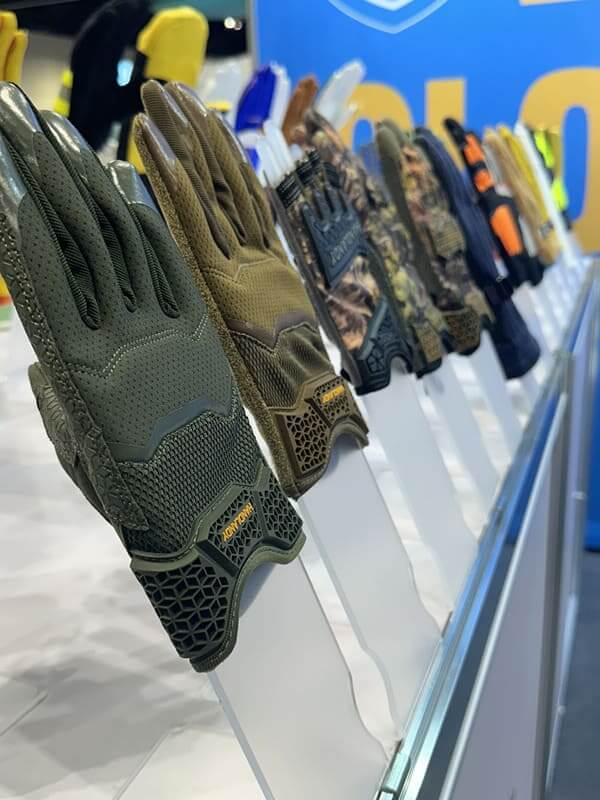

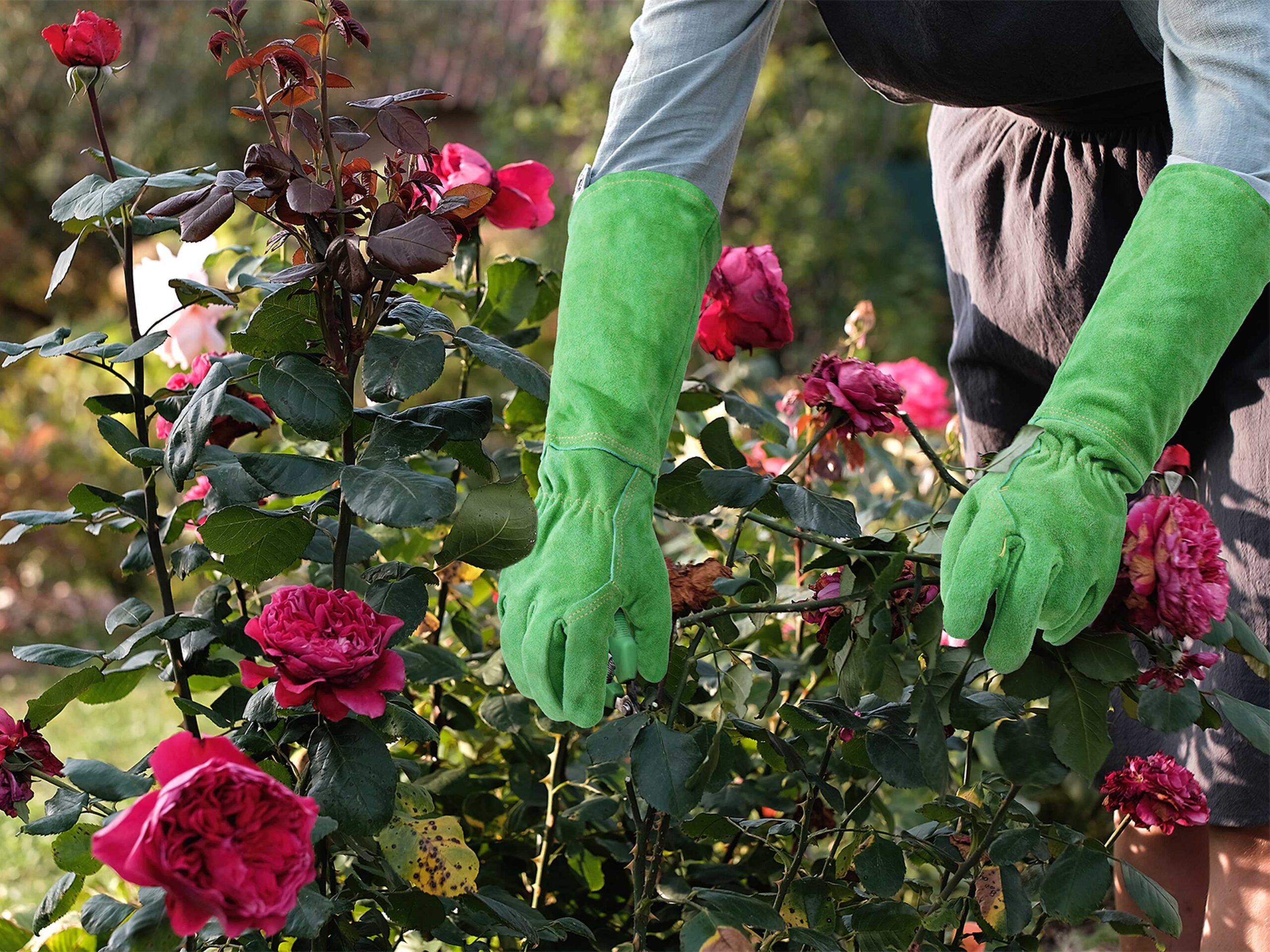
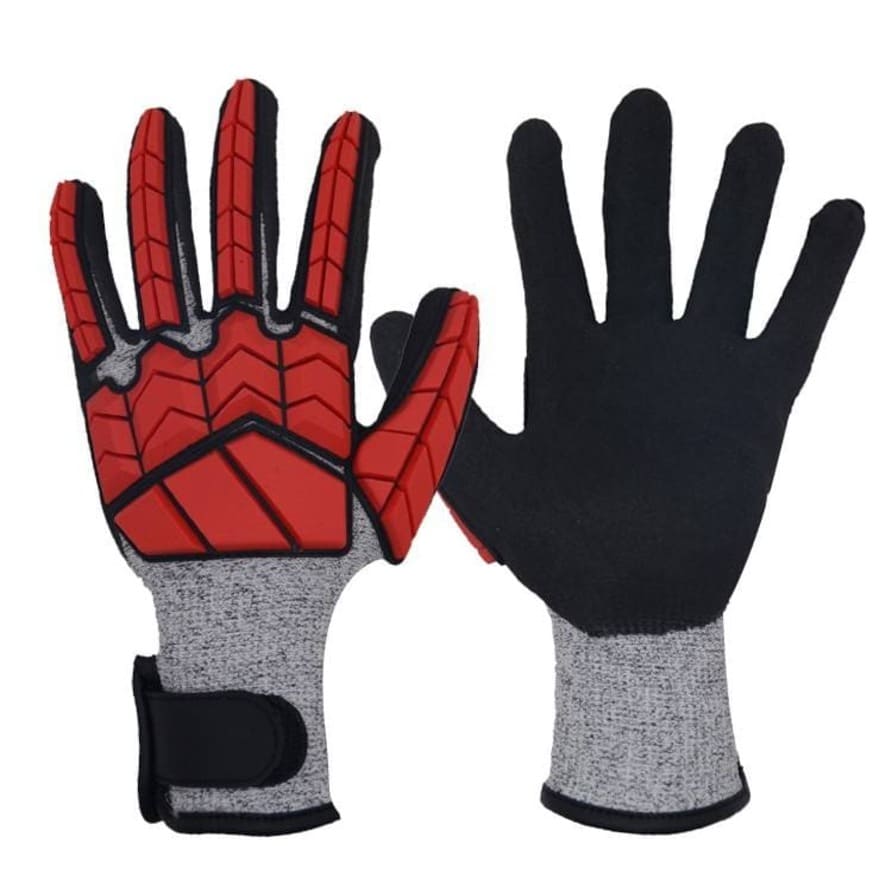
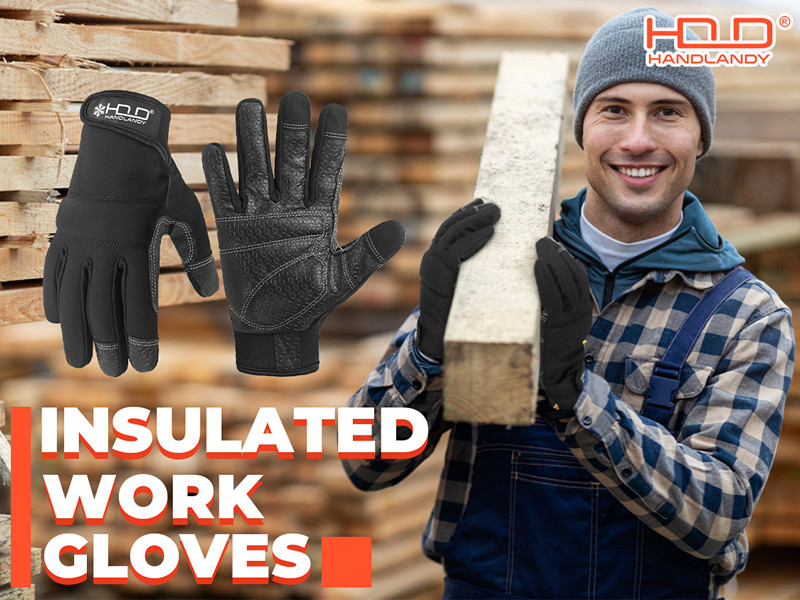
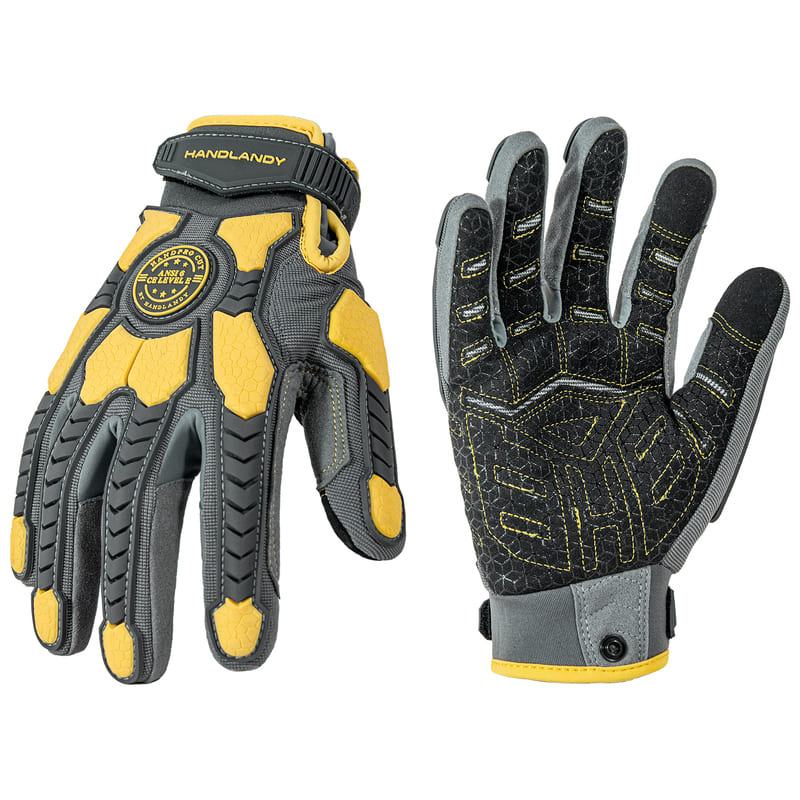

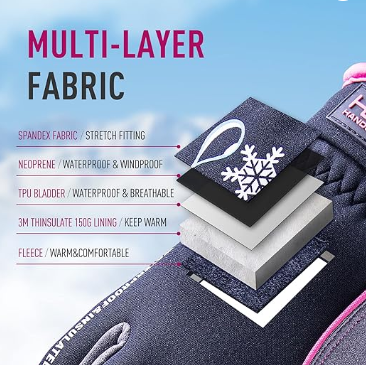

2 Responses
I like this web site its a master peace ! .
Hi there!
Your “master peace” line put a huge smile on our faces—thank you!
Glad the site hits the spot for you; we’ll keep the good stuff coming.
Stay awesome,